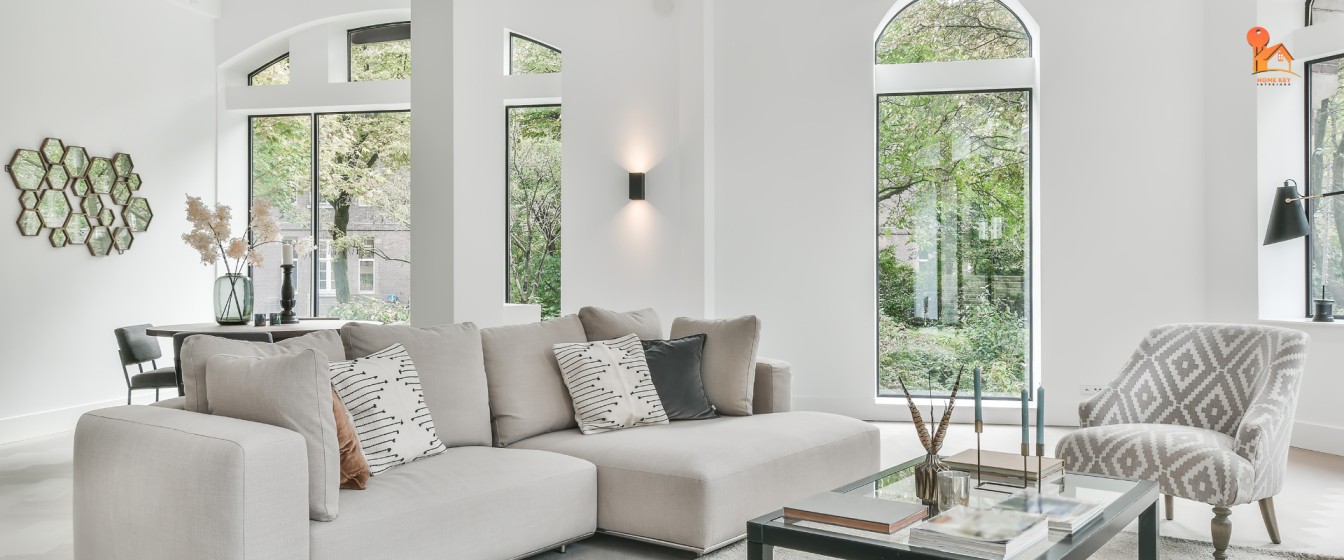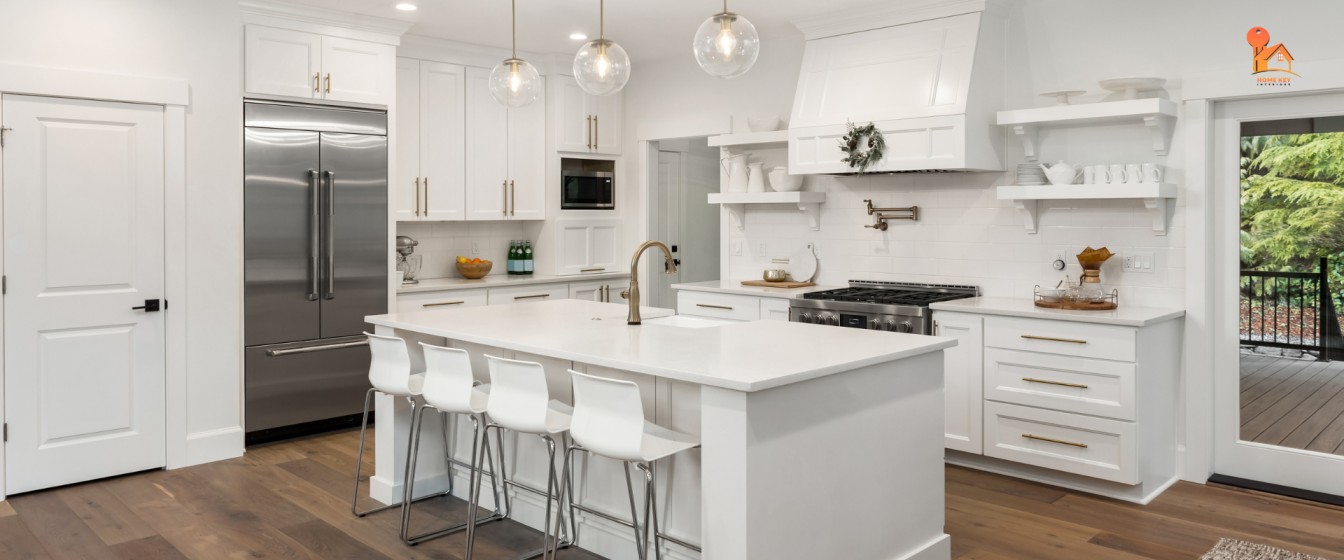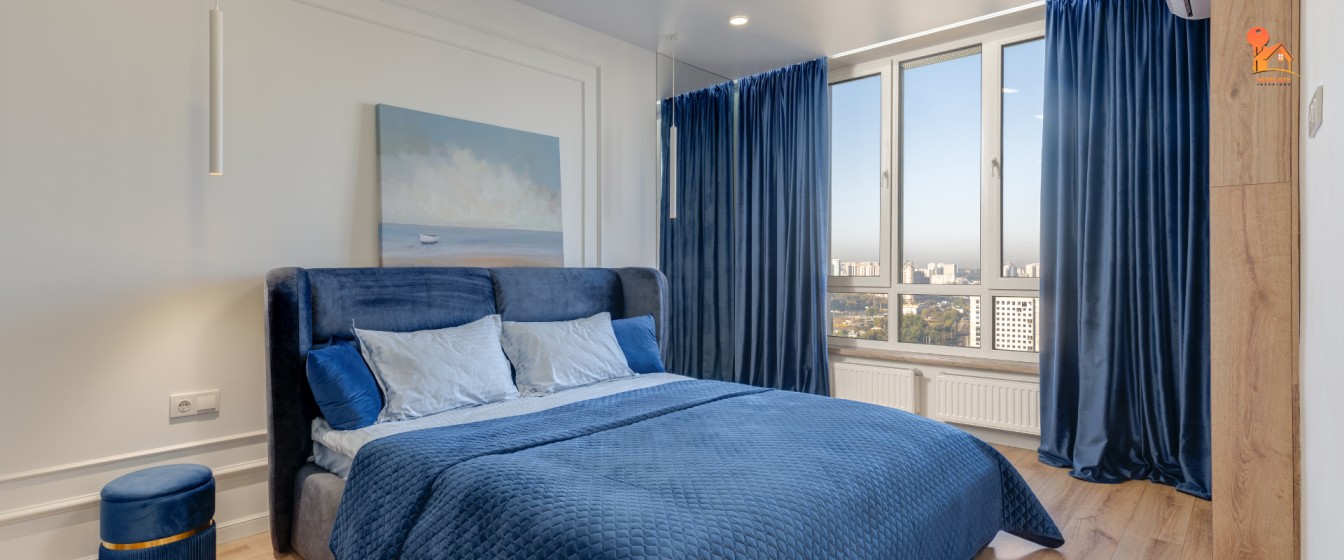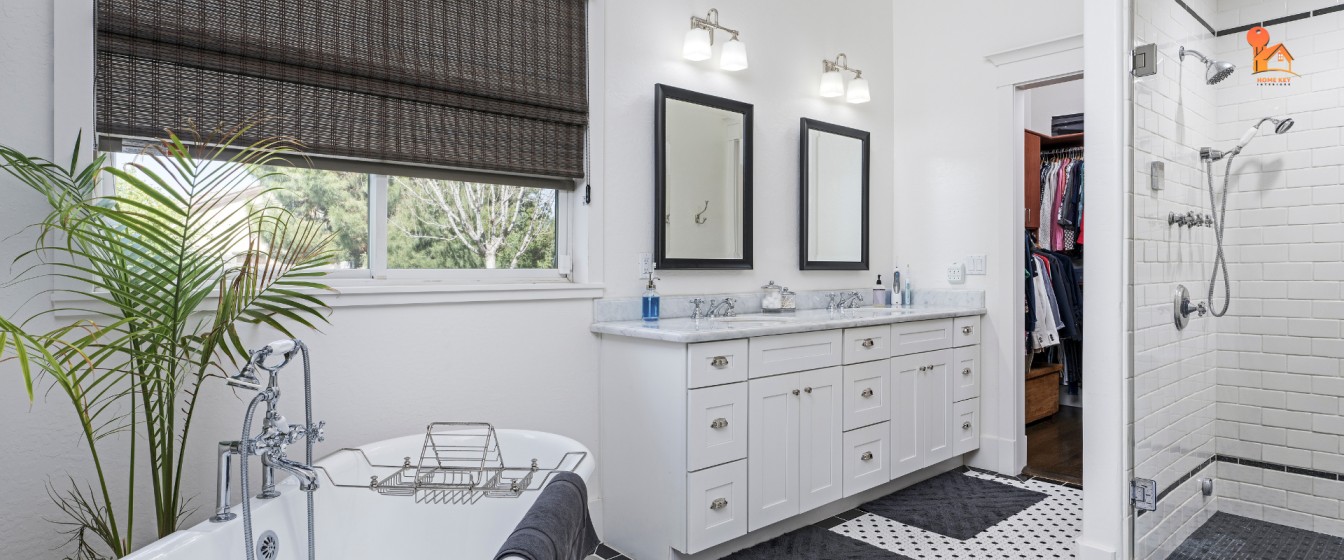Residential Interior Design Ideas for Every Room
Designing your home is more than just arranging furniture and picking colors; it’s about creating a space that reflects your personality, meets your needs, and feels welcoming. Whether you’re looking to revamp a single room or the entire house, each area demands unique attention and design strategies. In this guide, we’ll walk you through some of the best residential interior design ideas for every room, from the living room to the bedroom.

1. Living Room: The Heart of Your Home

2. Dining Room: Style Meets Function

3. Kitchen: The Functional Hub

4. Bedroom: Your Personal Retreat

5. Bathroom: Spa-Like Serenity
Maximize Space with Smart Storage: Use wall-mounted shelves, under-sink cabinets, and mirrored medicine cabinets to keep your bathroom clutter-free.
Final Thoughts
Designing each room of your home should be a reflection of your style, needs, and the unique character of the space. Whether you’re starting from scratch or refreshing a single room, these residential interior design ideas can guide you in creating a cohesive, beautiful, and functional home.
Transform your living space with expert interior design services from the best in the business! At Home Key Interiors, we specialize in creating stunning and personalized home environments that reflect your style and needs. Ready to bring your dream home to life?
Home Key Interiors – Best Interior Designing Company in Mohali
Let us turn your house into a home you’ll love!

